Facts of Colorado Prison System
Colorado’s prison system is a complex web, with a sky-high incarceration rate of 556 per 100,000 residents. That’s one of the most significant rates globally, affecting many Colorado residents. Colorado prisons currently house around 31,000 individuals, including in Colorado state prisons like the well-known Colorado Territorial Correctional facility. But it’s not just about numbers. The imprisonment rate impacts communities, especially in major urban centers like Denver and Colorado Springs neighborhoods. Prison gerrymandering reforms have started changing political representation, reallocating incarcerated people back to their home districts. With all these facts, understanding Colorado’s incarceration picture is like piecing together a jigsaw puzzle. Let’s explore the impact and dynamics in the Centennial State.

Population and Imprisonment Rates
In Colorado, the incarceration rate is alarmingly high, with 556 per 100,000 residents locked up. This includes around 31,000 individuals in various facilities. Notably, Colorado Massincarceration extends beyond prisons, affecting 81,000 on parole or probation. This paints a vast picture of control over many lives. The Adams State region and beyond are grappling with the impacts of this situation. With reforms like ending prison gerrymandering, efforts are underway to address these challenges. The numbers speak volumes about the imprisonment rate and its far-reaching effects in the Centennial State.
The sheer scale of incarceration in Colorado is staggering, with the effects rippling through its communities like a stone in a pond. Imagine a town where every large family has a member either in prison or navigating the thin line of probation or parole. This isn’t just a statistic; it’s a reality for many Colorado families. It’s like a constant shadow, silently creeping into family gatherings, schools, and workplaces. The impact on children is particularly profound. They grow up with their parents behind bars or frequently visiting correctional facilities, which can lead to a cycle of emotional and financial strain. It’s like trying to build a house on shaky ground—no matter how hard you try, the foundation just isn’t stable.
Historical Growth of Incarceration Rates
Examining the rise in incarceration numbers reveals a stunning increase over four decades in Colorado. The state’s imprisonment rate now stands as one of the most significant globally. With 87,000 individuals cycling through local jails each year, Colorado’s situation highlights widespread Colorado Massincarceration. The disparity among communities is stark. Urban centers like Denver and rural areas both witness high rates. This growing trend impacts not just those incarcerated but also their families and communities, raising questions about justice and equity. Systemic changes are crucial.
The high incarceration rates in Colorado are not just numbers on a page. They represent countless lives, each with a unique story. Let’s take a moment to imagine a young person from Denver. They might have grown up in a neighborhood where opportunities were as rare as hen’s teeth, facing challenges every step of the way. These communities often feel the brunt of high imprisonment rates, which ripple through families and social networks, creating a cycle that seems never-ending. As they say, when it rains, it pours. This cycle affects not only the incarcerated individuals but also their families, who are left to navigate a landscape filled with economic and emotional hardships. It’s a powerful reminder that every statistic has a face, a name, and a story behind it.
Comparison with International Standards
Colorado’s Massincarceration rates far exceed those of other democratic nations. Incarceration rates in the U.S. are high, and Colorado mirrors this trend. Surprisingly, 556 per 100,000 residents are behind bars. This isn’t just a statistic; it’s a reflection of a broader issue. Colorado residents face unique challenges due to these numbers. The imprisonment rate impacts communities, from urban to rural areas. The Colorado Territorial Correctional facility highlights some innovative approaches. Yet, the persistent issue of prison gerrymandering affects political representation. Even Adams State has initiatives to counteract these challenges.
Overrepresentation of People of Color
Colorado’s Massincarceration crisis includes a troubling pattern of racial disparity. The significant overrepresentation of Black individuals within Colorado prisons underscores systemic issues. These incarcerated people often come from diverse areas, both urban and rural. The imprisonment rate highlights a deeper societal challenge, reflecting nationwide trends but with local implications. This imbalance is further complicated by economic factors and prison gerrymandering. Policies that address these challenges are essential, as seen in initiatives like those at Adams State. The broader implications for Colorado residents are highlighted in this issue brief.
Geographic Disparities in Incarceration
Discrepancies in incarceration across Colorado reveal stark contrasts between urban giants like Denver and smaller rural areas. Both regions contribute significantly to the state’s Massincarceration narrative. The imprisonment rate is not just a number but a reality affecting countless lives. Even in less populated areas, the impact mirrors the broader crisis seen in bustling metropolises. Interestingly, the incarceration rates in Colorado have soared, placing the state among global leaders in confinement. Meanwhile, reforms like tackling prison gerrymandering aim for more equitable representation. Efforts from institutions such as Adams State reflect attempts to address these systemic issues.
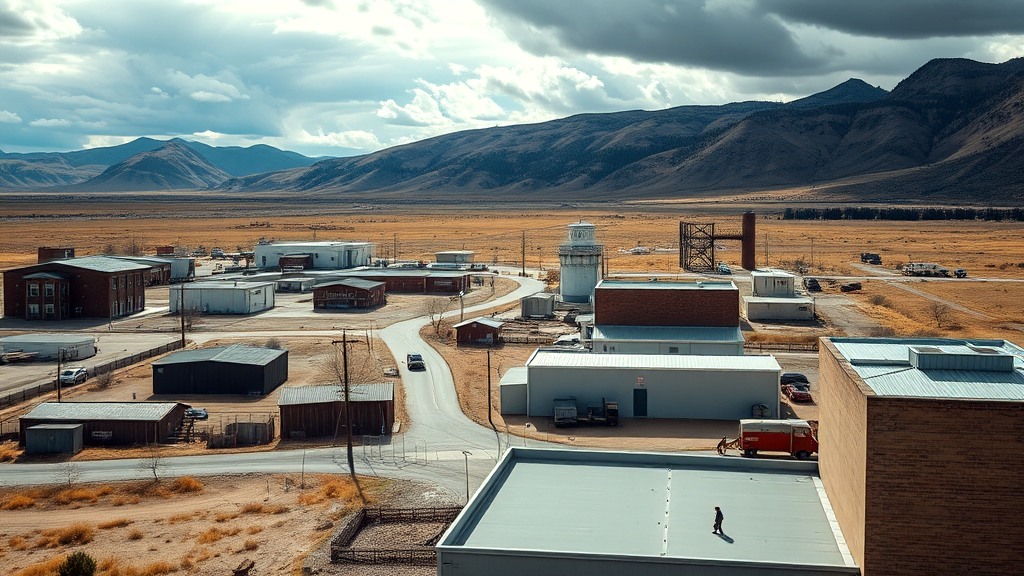
County and City Trends
Trends in counties and city areas reveal that larger urban centers like Denver, Aurora, and Colorado Springs account for many incarcerated people. Yet, rural counties also show high numbers, painting a full picture of massincarceration across the state. Colorado prisons face challenges like overcrowding and resource allocation, impacting not just those inside but entire communities. The imprisonment rate reflects deeper systemic issues, influencing both social and economic landscapes. Colorado’s approach to ending prison gerrymandering aims to ensure fairer political representation. Insights into these trends can be explored further in Westword’s detailed report.
Colorado’s prison system is not just a series of isolated facilities; it’s a network deeply woven into the fabric of the state. Imagine a spider web stretching across the landscape, each thread representing a life affected by incarceration. The state’s high imprisonment numbers are not simply figures on a page—they reverberate through families, neighborhoods, and entire communities. Take for instance a family in Denver whose primary earner is incarcerated. The financial strain is immediate, but there are also emotional and social repercussions. Children may face stigma at school, while partners juggle multiple roles at home. It’s like a game of Jenga, where removing one block sends the entire structure into chaos.
Colorado’s approach to addressing these issues is multifaceted.
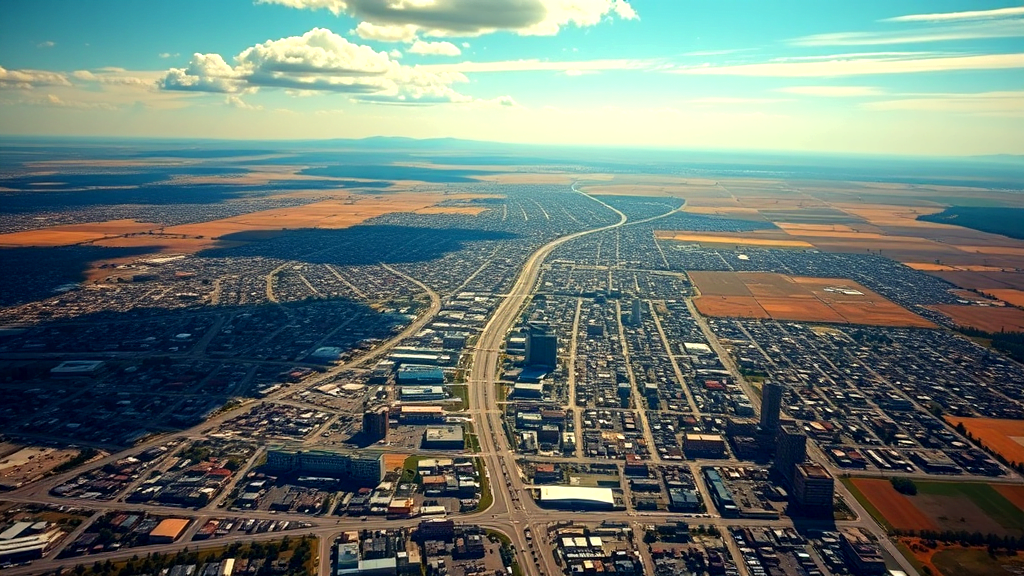
Impact of Ending Prison Gerrymandering
Reforms addressing the issue of districting based on prison locations are reshaping political representation in Colorado. By reallocating over 80% of those affected, communities gain fairer representation. This change may influence policy and funding in areas with high incarceration rates, potentially leading to better services for Colorado residents. As these reforms progress, disparities in imprisonment rate and representation may decrease. Meanwhile, educational efforts, like those seen in the Adams State region, continue to support incarcerated people. The impact of such measures extends beyond politics, touching on social and economic aspects, ultimately benefiting broader community welfare.
The complexities of Colorado’s prison system aren’t just contained within the walls of correctional facilities. They spill out into the streets, schools, and homes across the state. Consider a neighborhood in Colorado Springs where the absence of community members due to incarceration creates a tangible void. It’s like trying to bake a cake without key ingredients—the end result just doesn’t hold together. The community fabric, once tight-knit, becomes frayed. Local businesses feel the pinch as customers dwindle, schools grapple with higher dropout rates, and social services face increased demand. The repercussions of imprisonment ripple outward, affecting everyone in the vicinity, not just those directly involved.
Efforts to address these challenges are underway, yet they’re as complex as the issues themselves.
Health Needs of Incarcerated Individuals
Addressing the essential medical needs of incarcerated individuals in Colorado has been a challenge, especially during recent crises like the pandemic. The state’s facilities have faced glaring gaps in healthcare, often leaving those behind bars in precarious situations. This neglect not just affects their well-being but also influences broader public safety. With the imprisonment rate soaring, ensuring adequate healthcare for incarcerated people becomes even more urgent. Action is needed to align with global standards and address the disproportionate incarceration rates affecting marginalized communities, particularly people of color.
The Colorado prison system isn’t just a set of numbers—it’s a living, breathing entity that affects families, communities, and the very fabric of the state. When you think about it, it’s like a giant octopus with tentacles stretching into every nook and cranny of society. You have cities like Denver and Colorado Springs, where the hustle and bustle of urban life is punctuated by the undeniable presence of the correctional facilities. These places face a unique set of challenges, with resources often stretched thin and communities struggling to keep up with the social and economic demands. The pressure is palpable, and it’s a tough row to hoe for everyone involved.
Yet, the story doesn’t end at the gates of these prisons.
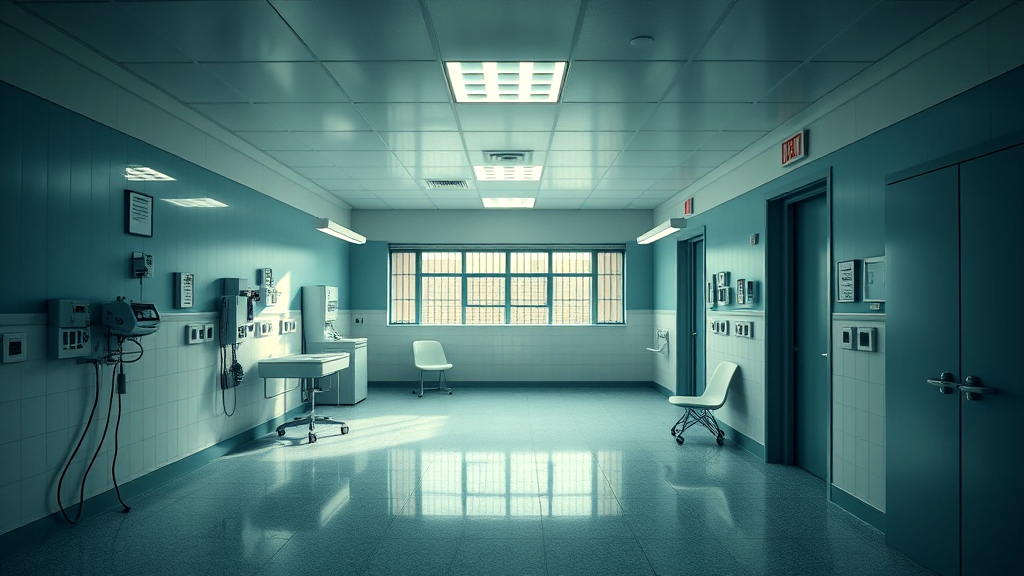
Economic Implications of Incarceration
The economic effects of locking people up in Colorado are staggering. With a high incarceration rate, many face economic exploitation. Companies rake in profits through high fees for basic services like phone calls. Meanwhile, the wages earned by incarcerated people are shockingly low, often just 13¢ an hour. This highlights a cycle of economic disparity. The imprisonment rate not just affects individuals but ripples into communities, straining local economies. Families bear the brunt, struggling to make ends meet while loved ones are behind bars, creating a domino effect of financial stress.
The economic implications extend far beyond the prison walls, affecting the wider community in a profound way. Take for instance a small business owner in a neighborhood with high incarceration rates. The absence of community members means fewer customers, leading to decreased sales and, eventually, the tough decision to cut jobs or even close shop. This domino effect illustrates how the incarceration system can stifle economic growth and opportunities, much like a drought drying up the land. Moreover, families are often left juggling bills and expenses without the support of their incarcerated loved ones. It’s a constant uphill battle, fighting against a financial tide that seems determined to pull them under.
In addition to the economic burdens, the social fabric of communities also takes a hit.
Who Profits from Prisons?
In the question of who benefits financially from prisons, private companies stand out. Colorado’s mass incarceration system fuels significant profits for them, especially through high service fees like phone calls. Incarcerated individuals earn a paltry 13¢ an hour, highlighting economic exploitation. This cycle extends beyond the prison walls. Families also bear financial burdens, straining local economies. The system’s design seems to perpetuate economic disparities. As the high incarceration rates persist, the financial impact on communities remains profound. The question remains, who truly profits, and at whose expense?

Exploring Colorado State Prisons
Venturing into the vast network of Colorado’s correctional facilities reveals a complex picture of colorado mass incarceration. With an imprisonment rate that surpasses many countries, Colorado’s system houses 31,000 individuals. The challenges are plenty, from geographic disparities to the overrepresentation of people of color.
Communities like Denver and Aurora grapple with high incarceration levels, while reforms aim to address these issues. Programs like those employing incarcerated people as educators offer a glimmer of hope. The Southeast Colorado Springs map further highlights regional disparities, underscoring the need for comprehensive reform. See this map for more details.
Focus on Colorado Territorial Correctional
Shifting our gaze to the unique offerings of Colorado Territorial Correctional, this facility introduces innovative programs that set it apart. By employing incarcerated people like David Carrillo as educators, the institution highlights a novel approach to rehabilitation. These initiatives not just foster learning but also aim to reduce Colorado mass incarceration. Moreover, this facility’s focus on education reflects the broader commitment to reform within the system. Such programs may be pivotal in reshaping perceptions and outcomes. For those exploring the complexities of this system further, they might find insights at Prisoners of the Census.
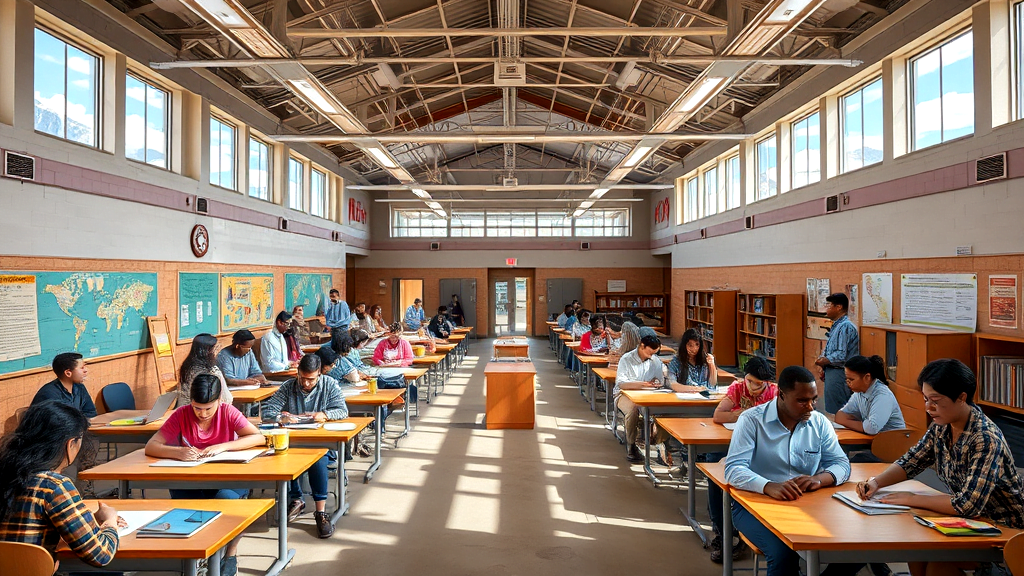
Community Efforts and Reforms
Community-driven solutions and changes are crucial in addressing the Colorado mass incarceration issues. Initiatives like the Transforming Safety Community Grants focus on empowering local strategies to enhance safety without over-relying on imprisonment. These efforts recognize the need for systemic change, targeting the root causes of crime. By advocating for community-based programs, they aim to lower the imprisonment rate and reduce reliance on incarceration. The involvement of incarcerated people as educators also underscores a shift towards rehabilitation and education. These strategies represent a promising path forward in tackling the deep-rooted challenges of the current system.
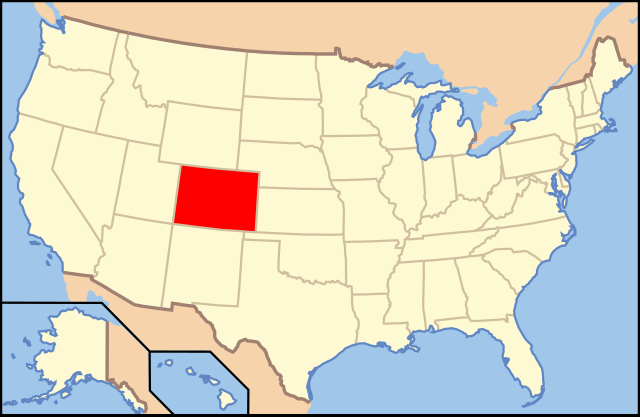
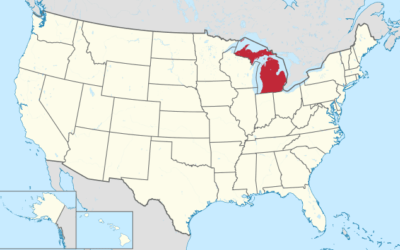
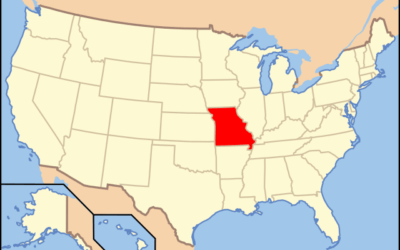

0 Comments